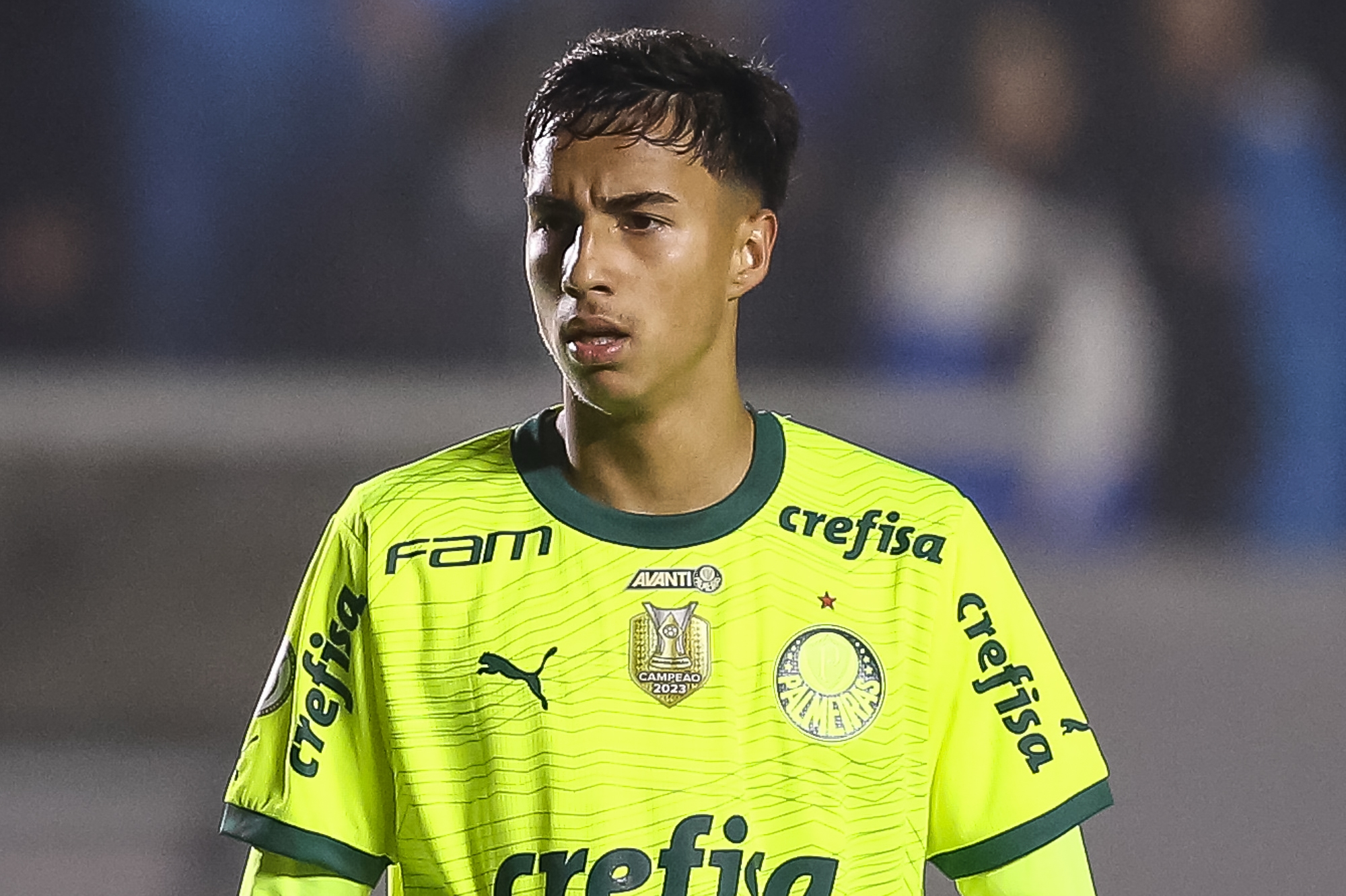A mom has issued a reminder of why it's important to stay vigilant with young children when they are around dogs.
Jessica Brown, who lives near London in the U.K. earned praise for the way in which she quickly intervened after determining her four-year-old daughter, Hollie, was taking things "a step too far" with their rescue dog Buddy.
It's crucial for parents to take an active role when it comes to their children engaging with pets like dogs. In 2013, a study published in the journal Craniomaxillofacial Trauma & Reconstruction, which examined recorded incidents of pediatric facial dog bites, researchers found that 89.8 percent of the canines were known to children and 53.2 percent of cases were provoked.
It's important to stress that Buddy has never given Brown any cause for serious concern since she adopted him as a rescue from Bulgaria during the pandemic.
"I was going through Covid alone, with a newborn with severe postnatal anxiety and was in desperate need of a companion as my partner was a key worker and I was home alone a lot," Brown told Newsweek. "When Buddy arrived in the U.K. it became instantly obvious he was a kind-hearted dog. Buddy absolutely loves the water and will take any opportunity to get in ponds, lakes and even puddles"

Brown said they were careful to take "all the precautions" when it came to Hollie being around Buddy. "As Hollie grew up and she became more mobile we had to up our game in ensuring she was safe, but also teaching her from a young age of the dog's boundaries," she said.
Over time the pair have become best friends. "As they grew together the bond was wonderful and with Hollie learning to respect the dog and his boundaries," Brown said.
However, there are still moments where Brown feels the need to step in, like the one she filmed in the video posted to TikTok under the handle @jessicabrown2982 in which Hollie appears to initially be happily playing with Buddy before getting a little too comfortable.
"I was filming the dog and her as it was a lovely moment," Brown said. "But then intervened as I felt it was a step too far from Hollie and as she is still learning she needs to be reminded that he is a dog and he will bite if he gets annoyed."
Brown is keen to stress that "Buddy has never bitten, never growled and has never shown any aggression towards anyone" in the four years they have had him. But her decision to exercise caution was one that was commended on social media.
One viewer commented: "Well done. Most parents blame the dog but you could see the clear warning signs. And well done to the dog for giving clear signs instead of snapping." Another said: "I don't think the dog showed anything concerning on this occasion, but you are absolutely correct. Wish everyone thought the same."
A third added: "That locked in stare, the open mouth and tense expression, the yawn after her release... that dog was stressed. Good mom for catching that!"
Brown said she hoped the video made people realise that "no matter how kind natured a dog is. always be vigilant around children. No matter how old or wise they may be towards animals."
That's a sentiment shared by Susan Nilson, a professionally accredited cat and dog training and behavior expert.
"Parents should always take extra care with their children around dogs, regardless of the dog's breed, temperament, or history," Nilson told Newsweek. "Many dogs find children's behavior—such as hugging, sudden movements, or loud voices—stressful and overwhelming, which can lead to stress signals like the ones the dog in the video is showing: tongue flicks, yawning, turning the head/body away, and a stiffened mouth/lips. These are all early warnings that the dog is uncomfortable and wants space."
"Consistent, active supervision is always key with kids and dogs. Dogs have their limits, just like people, and misunderstandings can escalate quickly if their polite requests to back off are not understood," she said.
Nilson recommends parents educate their kids on "understanding and respecting a dog's body language" and be careful to set "clear boundaries" on what they should and should not do around their dog.
Active supervision and the establishment of a "designated safe zone" where dogs can retreat to without being disturbed is also a helpful step. Above all else it's best to "take things slow" and "model good behavior" by being calm and gentle with your pet.




















 English (US) ·
English (US) ·